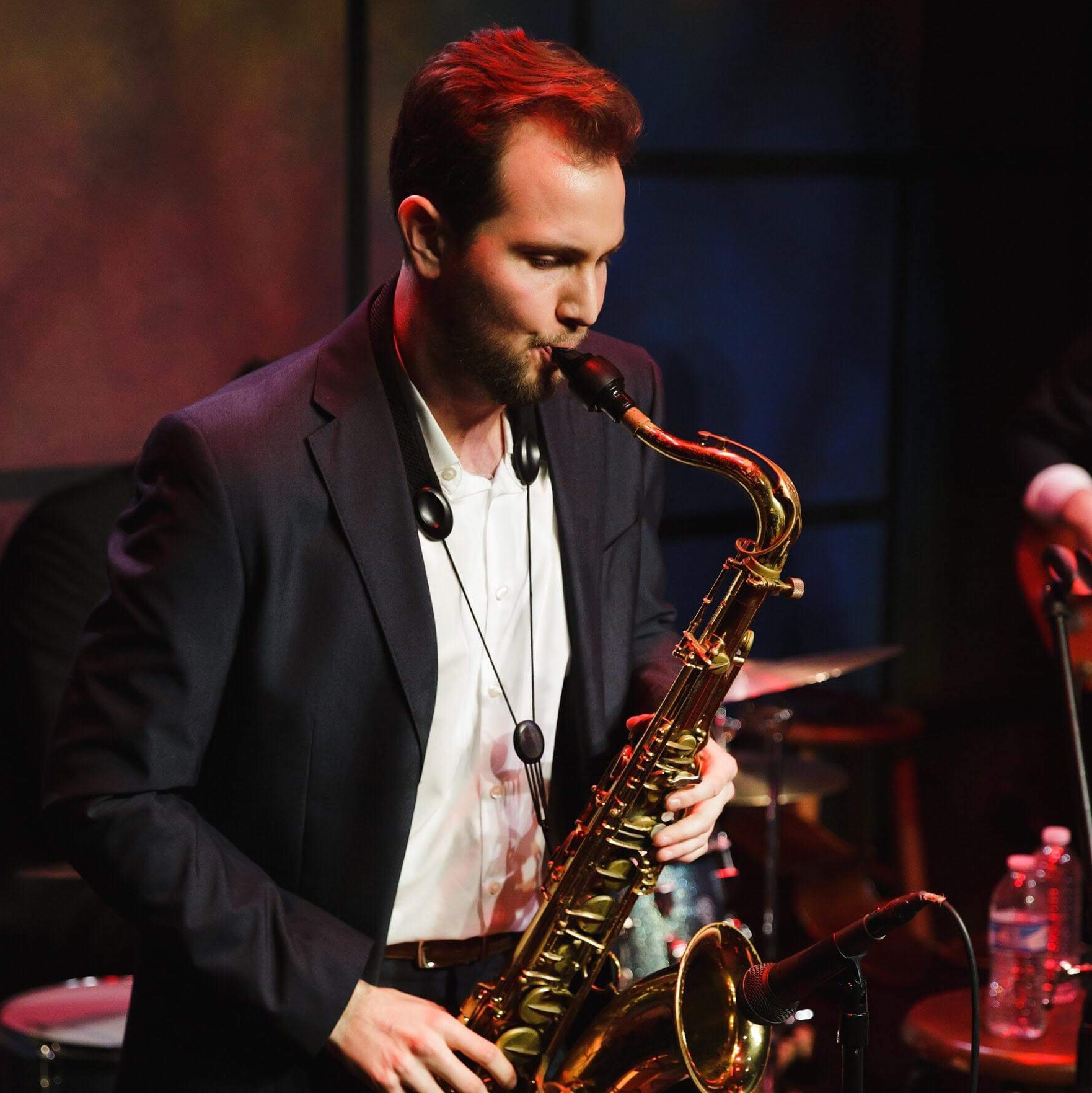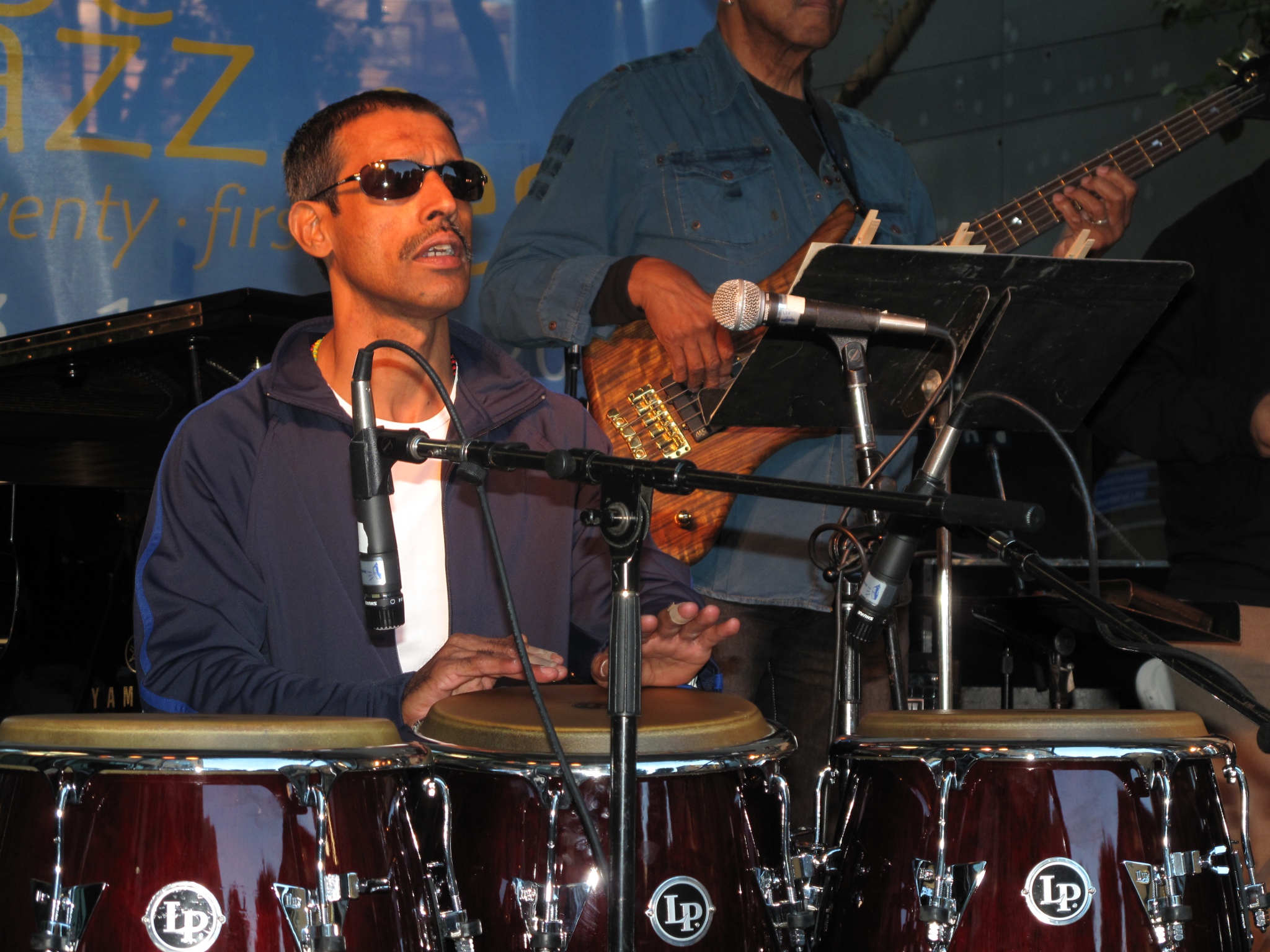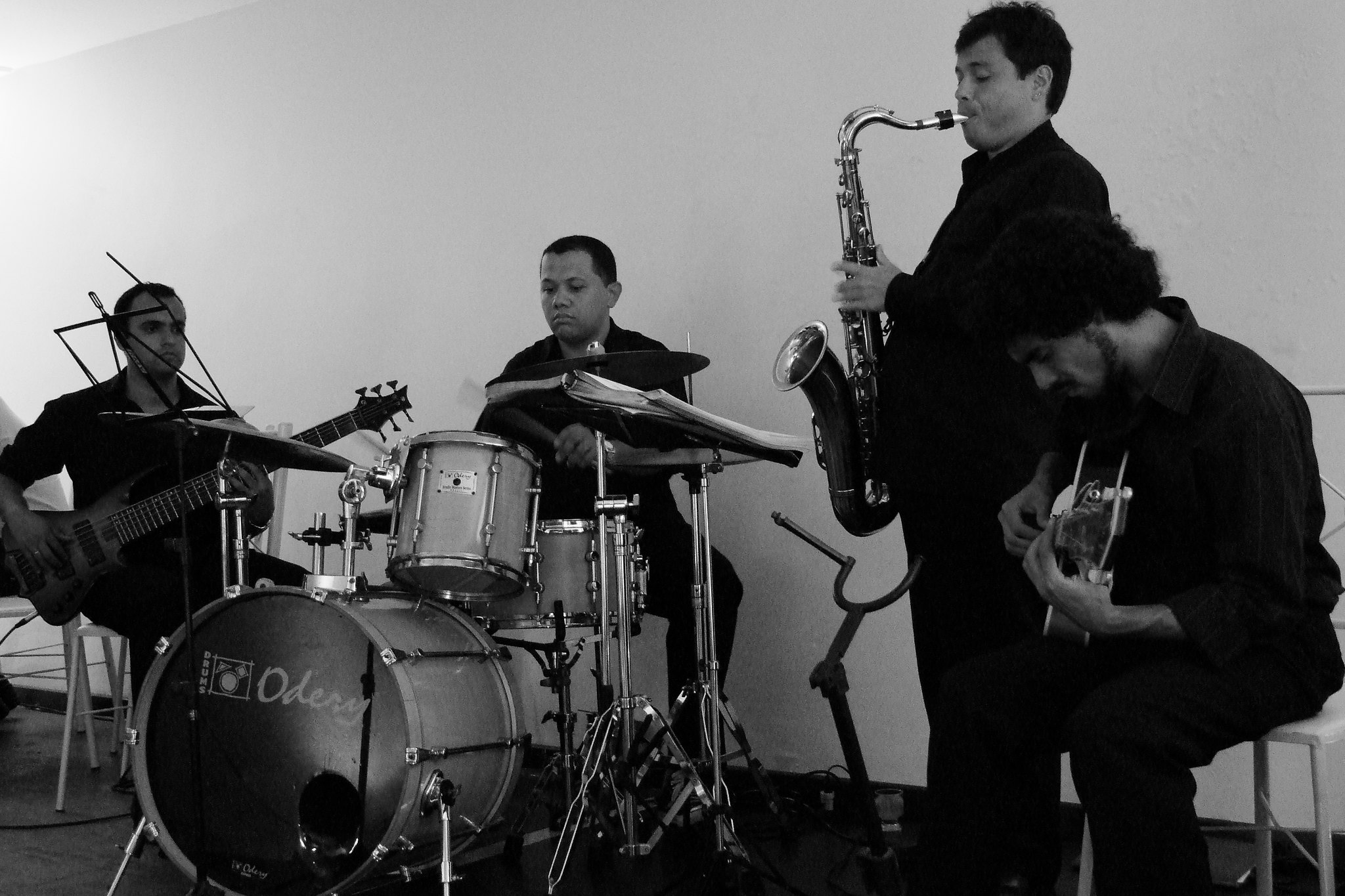So What, Milestones, Impressions, A Love Supreme; these are the titles of some of the most well-known and well-loved songs in all of jazz history and they all have one thing in common: they’re all examples of Modal jazz!
One of the most influential and wide-reaching sub-genres, this modal style of music is often favored early on by newer soloists as it isn’t nearly as complex harmonically as traditional bebop. Why is this though? Just what makes certain songs Modal Jazz, and how does it work in comparison to other types of jazz?
Modal Construction
As earlier stated, Modal jazz is often played by beginning soloists, and with good reason. Songs of this style are built off of very few chords, especially in comparison to Bebop tunes based on traditional Tonality.

So What consisted of only 4 chords during the melody; the solo section of the tune only had 2!
The difference between traditional Bebop and Modal music, is the nature from which the chords and scales are derived.
For decades, jazz musicians had been basing their compositions largely using blues sensibilities combined with tonality-based progressions. Derived from previous concepts but finally truly crystallized into a usable form for modern music by composer/arranger George Russell, modal jazz, or Modality, works by writing chords and melodies using modal scales built using one scale (major, minor, etc) and then modulating around that scale, changing the root note with each modulation.
The best-selling jazz book of all time, The Real Book is full of jazz music’s most popular standards. Perfect for practice, jam sessions, and gigs, the songs in this book contain immaculately transcribed melodies and chords perfect for the aspiring musician and musician on-the-go alike.
Modal Scales
Fig. 2: All C major modes
As displayed in the above chart, an eagle-eyed reader would notice that the names of these various modes are not named with the traditional Italian, German, or French languages but rather Greek. Surprisingly, these modes are named as such because they’re actually a concept from ancient Greek society.
Modes work so that each major scale has 7 different modal scales, and each can be built based off the original major scale with the root notes changing from mode to mode whilst keeping the exact note name the same regardless of order.
The order of modes based off a C major scale are listed as:
- Ionian - First mode, root note is C, is just a normal C major scale.
- Dorian - Second mode, root note is D, is a minor scale containing only a lowered 3rd and lowered 7th.
- Phrygian - Third mode, root note is E, is a minor scale containing a: lowered 2nd, 3rd, 6th, and 7th.
- Lydian - Fourth mode, root note is F, is a major scale containing a sharp 4th.
- Mixolydian - Fifth mode, root note is G, is a major scale containing a lowered 7th.
- Aeolian - Sixth mode, root note is A, is a natural minor scale.
- Locrian - Seventh mode, root note is B, is a minor scale containing a lowered 2nd, 3rd, 5th, 6th, and 7th.
Looking to dig a bit deeper into that classic Modal sound? Then the Hal Leonard Modal Jazz Play Along series is the book for you! With 10 different songs and play-alongs, for instruments in the keys of C, Bb, and Eb, this book is the perfect way to expand your theoretical knowledge and hone your ear!
Modal Chords
Not only can scales be made using the modal technique, but chords can as well! Just like other western harmonic styles, modal chords are composed using the arpeggios of each scale. In addition, these chords are meant to be used in a totally different fashion from chords made using tonality.
More traditional compositions, based off Western Classical Theory, are written using chords that are focused on beautiful voice leading. Each chord has a specific purpose and is supposed to lead into the next in a beautiful dance that shifts smoothly from up and down and vice versa.
Modality, in comparison, is much more base. Rather than this complicated movement of voice leading, modal songs typically make musical moments happen using changes in the character of the modes. This means that rather than changing from one complicated chord to another, modality instead tends to stick to a small handful of chords, typically changing from mode to mode (G dorian to G mixolydian) freely with minimal intervallic changes from chord to chord.
Early Adopters
Just like every type of new musical style, Modal Jazz can trace its popularity back to a few specific musicians. George Russell was one such artist, however this is not because he was exceedingly popular himself, but because he was responsible for writing the book, from which the concept of Modality was made more widespread knowledge!
This book was seen by, and taken to heart by quite a few big-name jazz artists of the era. Want to take a guess who one of those people were? Surprise surprise, once again the prodigal “Prince of Darkness” himself, Miles Davis.
Miles Davis was assuredly once of the earliest adopters as he, along with Gil Evans and Gerry Mulligan, wrote the first and arguably most popular Modal Jazz album, “Birth of The Cool”. Rather than write each song in a given key and base the progressions on them, they decided to write the progressions first, not focused around a key but by using different modal scales. This enabled Miles and co. the ability to write the melodies in a much looser, more improvised fashion, which they also would layer over each other.
Another alumni of the school of Miles Davis who went on to be a big name player in the modal scene, was John Coltrane. Coltrane would go on to be a prolific writer of modal pieces such as “Impressions”, “My Favorite Things”, and “A Love Supreme”.
However, while Miles would largely stick to using the specific modal scales that were designed to work with each chord when soloing on his compositions, Coltrane used the simplistic chord progressions to stretch out and explore how different sounds would work over each chord, ditching the practice outlined in Russell’s book for a much looser, even less grounded sound.
This approach to modality became extremely popular and can still be found today in many modern jazz songs; the ability that it granted to musicians when soloing to go back and forth from playing simpler more bluesy or rhythmic based ideas to firing off fast, complex licks, was too tantalizing a concept not to have in your repertoire.
Miles Davis was arguably the most influential musician of all time, and is one of the best artists to study when trying to build up your soloing chops. With 50 note-for-note solo transcriptions of his recorded solos, this book encompasses every era of his playing and is the ultimate resource for helping to learn his vocabulary.
Prominent Compositions
Miles Davis : Milestones (New version)
Herbie Hancock : Maiden Voyage
Freddie Hubbard : Little Sunflower
Joe Hendeson : Recordame
Eddie Harris : Freedom Jazz Dance
Wayne Shorter : Footprints
Dave Brubeck :
Cedar Walton : Bolivia







